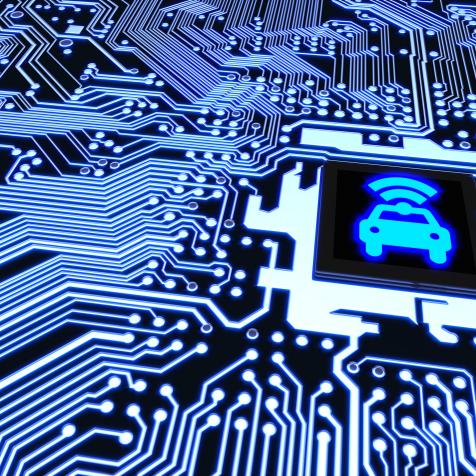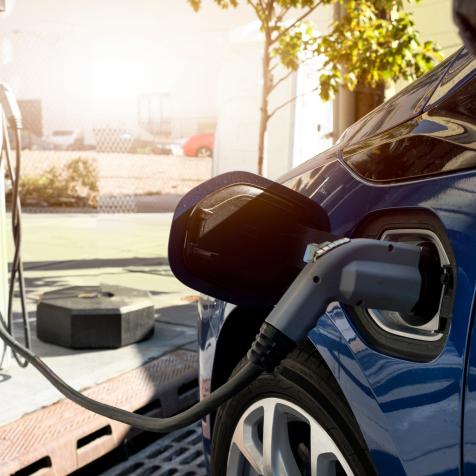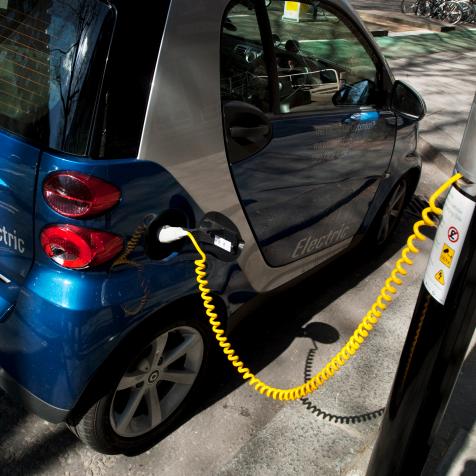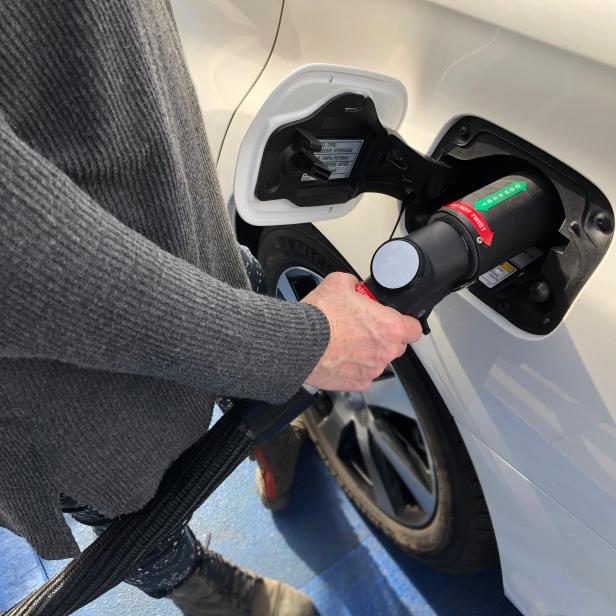
Spiderplay
Hydrogen Power: Moving the World into Clean Energy
The ‘hydrogen economy’ is seen by many as a natural replacement for our dependency on oil and other fossil fuels. By electrolyzing water we create its base elements, hydrogen and oxygen, which can be used as ignition products. Or by chemically fusing hydrogen in a fuel cell with oxygen, we can produce electricity.
The Future of Cars

Bloomberg
Fuel cells are how many hydrogen-powered vehicles operate and fitting the technology to cars, trucks, buses, forklifts, and boats is underway. Zero-emissions trains are also in development as part of ‘hydrail’ projects worldwide. Better vehicle manufacture is now requiring science to improve key technologies such as gas storage and electrolysis, while installing essential infrastructures like hydrogen gas stations on highways.
Conventional hydrogen tanks store the gas at 10,000 psi (700 bar), which is around 300 times a car’s tire pressure. This requires reinforced and relatively expensive gas tanks. Researchers led by scientists at Northwestern University have developed a metallic sponge-like material that can make storing this highly flammable gas much safer and improve tank capacity.
Specially designed porous metal-organic frameworks (called NU-1501) bind liquid or gas to their surface, reducing the pressure needed to store hydrogen. This in turn reduces the size of tank needed for fuel cell vehicles and improves their range.
The Need for Speed
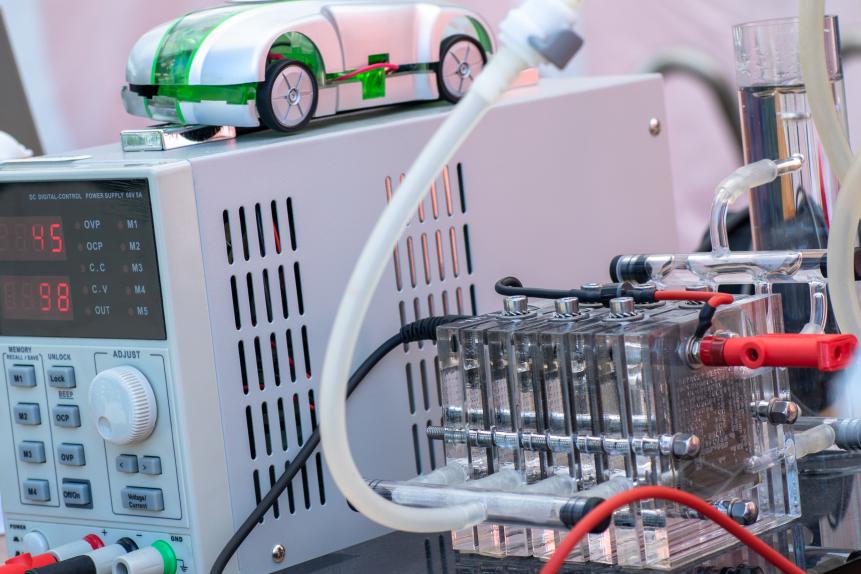
hopsalka
Detail of hydrogen fuel cells - alternative and clean source of energy.
Better catalysts to improve the efficiency of fuel cells are another way of improving hydrogen-powered vehicles. By combining the inexpensive and abundant elements of nickel, molybdenum, and magnesium, researchers have developed a long-lasting catalyst that can recycle the greenhouse gases carbon dioxide and methane into hydrogen.
Another method developed in Japan uses light and a catalyst made of iron oxide–simple rust–to speed up hydrogen production. The team used a water-methanol solution rather than water and the catalyst was 25 times more active than a titanium dioxide version, producing stable hydrogen for more than 400 hours.
In the US, scientist teams have discovered ways to power hydrogen production using innovative catalysts that could lead to the gas being used as a method to store energy. One developed a nickel-iron catalyst married to a conducting polymer electrode to make hydrogen capture cheaper, the other improved a high temperature electrolysis procedure to create an entirely new process.
At the Idaho National Laboratory, senior staff engineer Dong Ding and colleagues improved the protonic ceramic electrochemical cell used in high temperature electrolysis using a mineral called perovskite. Their advance lowers the reaction temperature, speeds up production, and is easily reversible. In effect, their breakthrough can turn excess electricity and water into hydrogen for use as fuel, or it can convert hydrogen back into electricity. Excess electricity can then be stored as gas and released for reuse when needed.
Solar power will continue to grow in importance in renewable energy, but another way it could power clean energy is in water splitting. Photocatalysis uses water and sunlight to create hydrogen. Researchers in Japan experimented with ultraviolet light and a special mixture of catalysts to split water at almost 100% efficiency.
Visible light would operate less efficiently, but the team estimates that even at 30% the process would revolutionize solar hydrogen production.
Finally, innovation in the way fuel cells are made can boost their power and could eliminate the need to store and transport hydrogen gas. Liquid-fuelled cells developed using high-power borohydride technology, which operates at double the voltage of conventional hydrogen fuel cells, could power unmanned underwater vehicles and electric aircraft.
Engineers at Washington University in St. Louis say the liquid fuel cells could also be used to extend the range of battery-powered vehicles already on the market.



































































